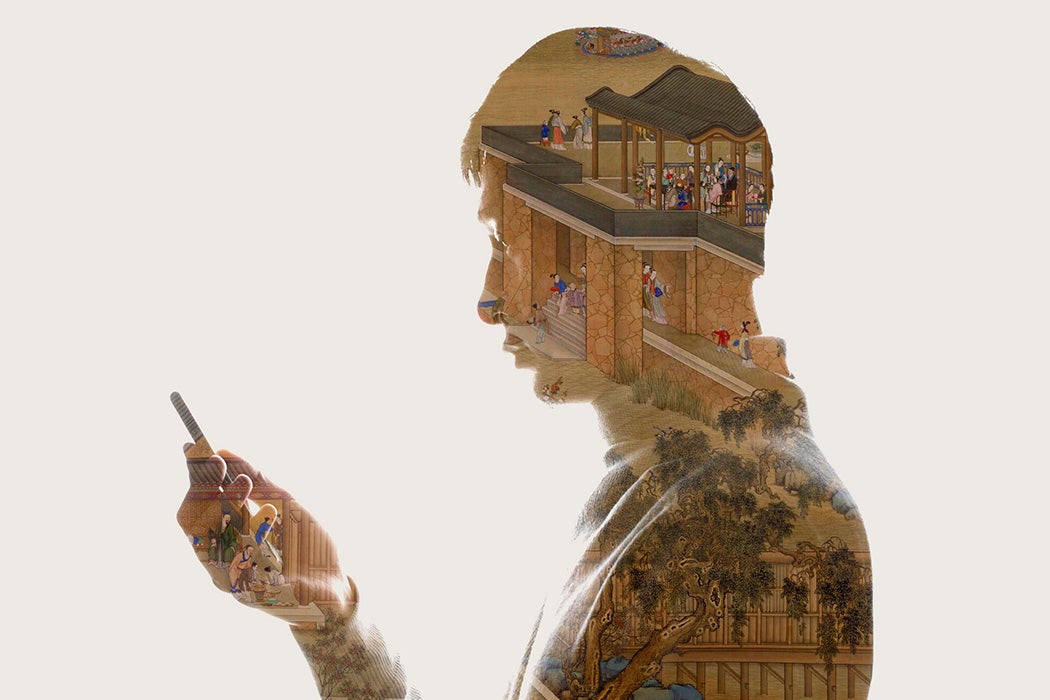In the early decades of the internet, writers around the world seized the opportunity to freely and easily share their work with others. As languages scholar Jie Lu writes, in China this led to a boom in postmodern stories that blend history with modern pop culture and engage readers as part of the creative process.
Both in the US and China, online writing has often been dismissed as poorly written, overly romanticized stories by girls and young women. But, at the time Lu was writing in 2016, internet literature was becoming an accepted part of China’s mainstream literary culture, with some online writers being accepted into the Chinese Writers’ Association. Already in 2012, around 20 million Chinese writers were publishing on more than 500 literary websites, and more than 200 million people were reading their output.
Unlike in the US, where (with some exceptions) online fiction stands outside the literary establishment, it’s fairly common for online writing in China to end up published in print or adapted as television dramas, allowing some writers to become multimillionaires.
One way online fiction differs from its print counterpart is writers’ interactions with readers. Often, writers publish a chapter or two at a time, and readers respond with comments and feedback that may influence the work’s development. Readers may also create their own alternate endings, parodies, or other works playing on the original.
Lu focuses particularly on time-travel stories, known as chuanyue. Unlike American time-travel stories, which often focus on futuristic themes and world-changing heroism, modern Chinese stories more often center love stories featuring real historical figures and settings. Lu describes this type of story as “historical fan fiction,” with historical events and figures taking the place of the literary works on which American fan fiction typically piggy-backs. For example, readers familiar with historical depictions of the Qing Dynasty Yongzheng Emperor can enjoy works that imagine his emotional life.
Weekly Newsletter
Lu writes that bringing a modern person into an imaginary historical setting “creates space for a carnivalesque performance characterized by postmodernist hybridity, intertextuality, and language play.” The stories often use prose styles and idioms of the historical period in question, but then disrupt it with the time-traveler’s modern language and attitudes. For example, in Back to Qing Dynasty in Dream, the protagonist describes seeking a position as the emperor’s concubine as “like attending the entrance examination to the Film Institute.”
In other cases, a writer sets up a narrative only to contradict it, as in Time-travel and Anti Time-travel. This novel describes a time-traveler from the present meeting a coddled, arrogant prince and saving him by defying his demands and exposing him to the pleasures of common people’s lives, such as sugar-coated berries. Then, the narrator explains the many flaws in that story, including that the royal chefs would no doubt be able to replicate local snacks like sugared berries and that “not everyone likes the people who always oppose and disrespect him, and never show politeness. This is the biggest mistake in love stories.”







